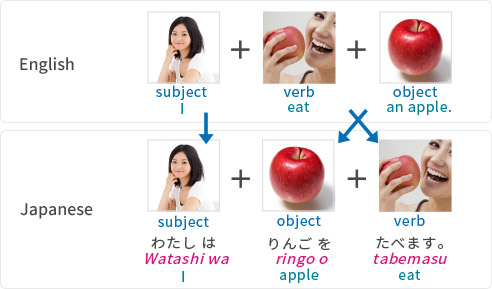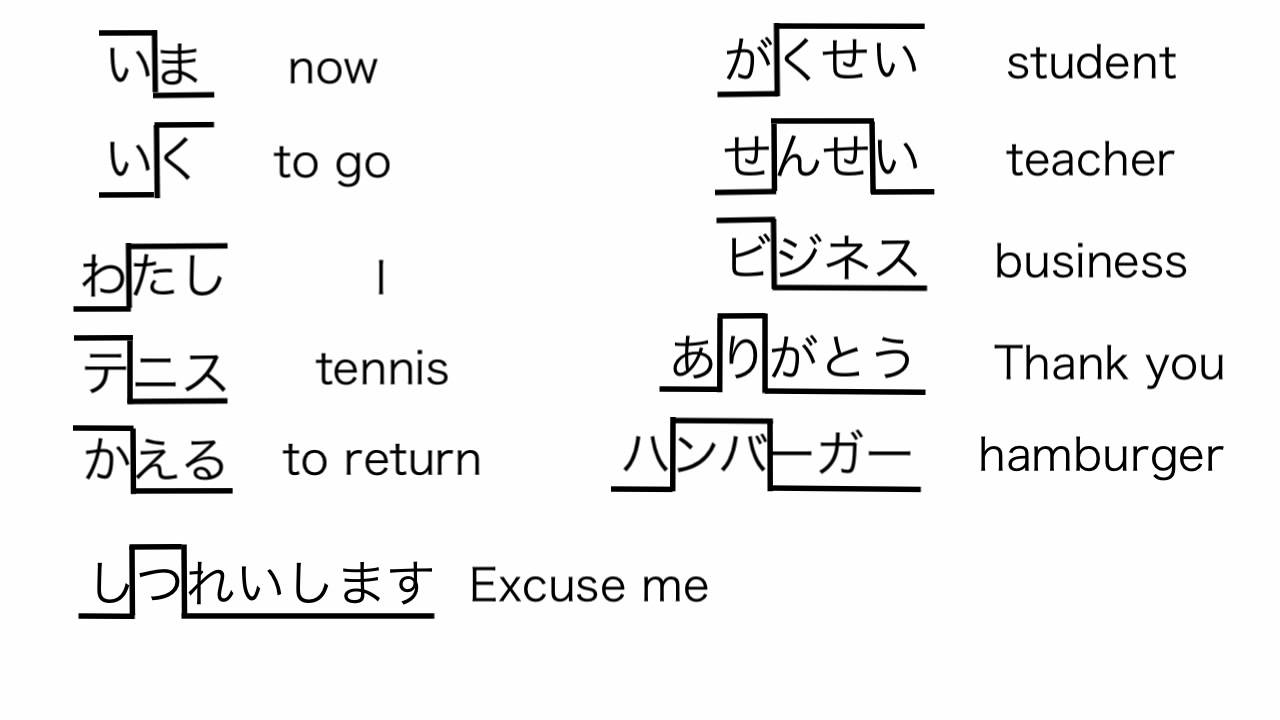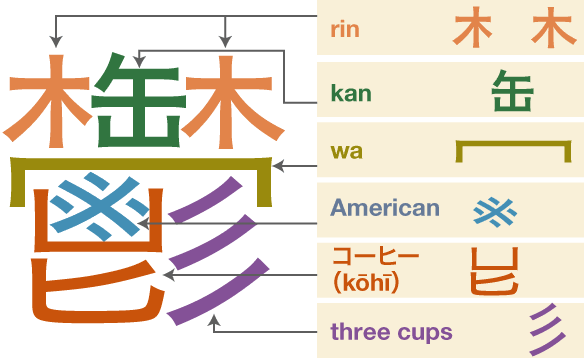- Key challenges in learning Japanese for English speakers
- Writing system differences
- Grammar and sentence structure
- Pronunciation and intonation
- The role of Kanji in learning Japanese
- Why Kanji Is a major hurdle
- Strategies for learning Kanji
- Tips for overcoming challenges
- Immerse yourself in Japanese media
- Consistency and daily practice
- Language exchange and practice with native speakers
How hard is Japanese to learn for English speakers? Many learners find Japanese challenging due to its unique writing systems, grammar, and pronunciation. However, with consistent practice and the right strategies, mastering Japanese is entirely achievable. In this article, we'll explore the challenges and tips to help you succeed.
Key challenges in learning Japanese for English speakers
Writing system differences
How hard is Japanese to learn for English speakers? A major challenge lies in its three writing systems: Kanji, Hiragana, and Katakana.
- Kanji: These characters represent entire words or concepts, often with multiple meanings and readings. There are over 2,000 commonly used Kanji, which requires significant memorization. For example, the Kanji for "mountain" (山) and "river" (川) are simple but need to be learned along with their readings.

- Hiragana and Katakana: These syllabic scripts are easier to learn, with Hiragana used for native Japanese words and Katakana for foreign loanwords. For example, "coffee" becomes コーヒー (kōhī) in Katakana.
Mastering all three systems is time-consuming but necessary for fluency. It’s often cited as one of the reasons why did you learn Japanese, because understanding the writing systems opens up access to native content and culture.
Grammar and sentence structure
Japanese uses a Subject-Object-Verb (SOV) structure, unlike English's Subject-Verb-Object (SVO) structure. For example:
- English: "I eat an apple."
- Japanese: "私はりんごを食べます" (Watashi wa ringo o tabemasu) – "I apple eat."

Japanese also uses particles like wa (は), o (を), and ni (に) to indicate the role of words in a sentence, adding complexity. This shift in sentence structure is one of the reasons why we should learn Japanese—it enhances cognitive flexibility and comprehension.
Pronunciation and intonation
While pronunciation is generally easier, Japanese uses pitch accent, where the pitch of a word can change its meaning.
For example: はし (hashi) with a low pitch means "bridge," but with a high pitch, it means "chopsticks."

Maybe you also liked : How to say hello in japanese
The role of Kanji in learning Japanese
Why Kanji Is a major hurdle
Many learners wonder how hard it is to learn Japanese for English speakers due to the presence of Kanji. Unlike the alphabet used in English, Kanji is made up of thousands of characters representing words or concepts.

For example, 本 (hon) means "book" and 持 (mochi) means "to hold." With over 2,000 Kanji used in everyday texts, memorizing their meanings and readings takes time and effort.
Strategies for learning Kanji
- Learn radicals: Break Kanji into smaller components for easier recognition.
- Use apps: Apps like WaniKani and Anki help you learn Kanji through spaced repetition.
- Practice writing: Writing Kanji by hand reinforces memory and helps you recognize characters in context.
Learning Japanese, how many hours does it take to learn Japanese and master Kanji depends on your pace, but consistency is key to making progress. For more tips on mastering Kanji, check out this guide on the best books to learn Japanese Kanji.
Tips for overcoming challenges
Immerse yourself in Japanese media
How hard to learn Japanese? While Japanese can seem daunting, immersing yourself in media is a fun and effective way to improve comprehension. Watching anime, films, and listening to music helps you absorb the language naturally. Here's how to make the most of it:
- Step 1: Choose the right content
Start with simple, familiar content like "My Neighbor Totoro" or any children's anime.These offer clear pronunciation and are easier to follow, making it less difficult to learn Japanese.

- Step 2: Watch with subtitles
Begin by watching with English subtitles. Focus on the overall meaning and how the words match the scenes.
- Step 3: Watch again with Japanese subtitles
After understanding the story, switch to Japanese subtitles. This will help you connect spoken words to their written form, reinforcing vocabulary and grammar. You'll start to see how difficult Japanese is to learn gradually.
- Step 4: Pause and repeat
Pause to repeat phrases or sentences you don’t understand. Try to mimic the pronunciation and intonation to improve your speaking skills.
- Step 5: Use Japanese music
Listen to Japanese songs and try to read the lyrics. This helps improve listening and pronunciation. Focus on common phrases and vocabulary.
By integrating these activities into your routine, you’ll gradually improve both listening and comprehension skills while having fun.
Consistency and daily practice
To reinforce your Japanese learning in just 15-20 minutes a day, here are a few practical strategies:
- Step 1: Label items around the house
Label everyday objects with their Japanese names using sticky notes or printouts. For example, write テーブル (tēburu) for "table" or ドア (doa) for "door." This helps you naturally associate the objects with their Japanese words.
- Step 2: Use language apps
Use apps like Anki, Duolingo, or WaniKani for structured lessons and reviews. Spend 5-10 minutes reviewing flashcards or completing lessons, focusing on vocabulary, Kanji, or grammar.
- Step 3: Create a daily routine
Split your 15-20 minutes into smaller activities:
|
5 minutes: Review vocabulary using flashcards (e.g., Anki). |
|
5 minutes: Practice a grammar point. |
|
5 minutes: Write Hiragana, Katakana, or Kanji |
|
5 minutes: Listen to Japanese content like podcasts or YouTube clips. |
- Step 4: Set a reminder
Consistency is key. Use a habit tracker to ensure you study daily, making it easier to overcome how difficult it is to learn Japanese.
Language exchange and practice with native speakers
Engage with native speakers through language exchange platforms like HelloTalk. Speaking with natives helps improve your pronunciation and understanding of natural, conversational Japanese. To engage with native speakers and improve your Japanese, follow these steps using language exchange platforms like HelloTalk, HeyJapan,...
- Step 1: Download and set up an account
Install apps on your phone and create an account. Set your native language as English and your target language as Japanese.
- Step 2: Find language partners
Use the app’s search feature to find Japanese speakers who want to learn English. You can filter based on interests or language proficiency.

- Step 3: Start messaging
Begin by chatting through text messages. Use simple sentences and ask for corrections. Native speakers often provide helpful feedback on grammar, vocabulary, and sentence structure.
- Step 4: Voice messages
Once you feel comfortable, start sending voice messages. This will help improve your pronunciation and intonation as you mimic the native speaker’s speech patterns.
- Step 5: Schedule calls
For more practice, arrange voice or video calls with your language partners. Conversing in real time helps you understand natural conversation flow and enhances listening skills.
By regularly engaging with native speakers, you’ll improve both your spoken Japanese and overall fluency.
For more insights on learning Japanese online for free, visit this helpful guide on the best way to learn Japanese online.
In conclusion, how hard is Japanese to learn for an English speaker depends largely on the approach you take. With consistent practice, immersion, and engaging with native speakers, you can gradually overcome the challenges and make learning Japanese a rewarding experience. Stay dedicated, and progress will follow.








